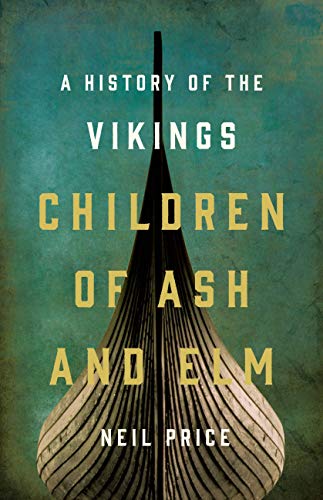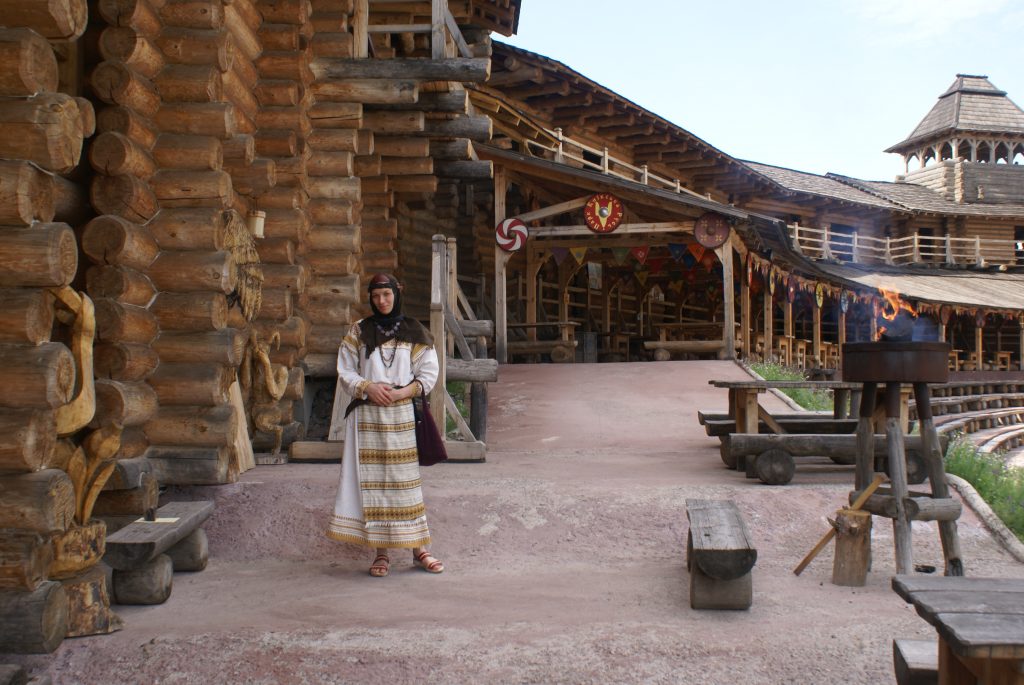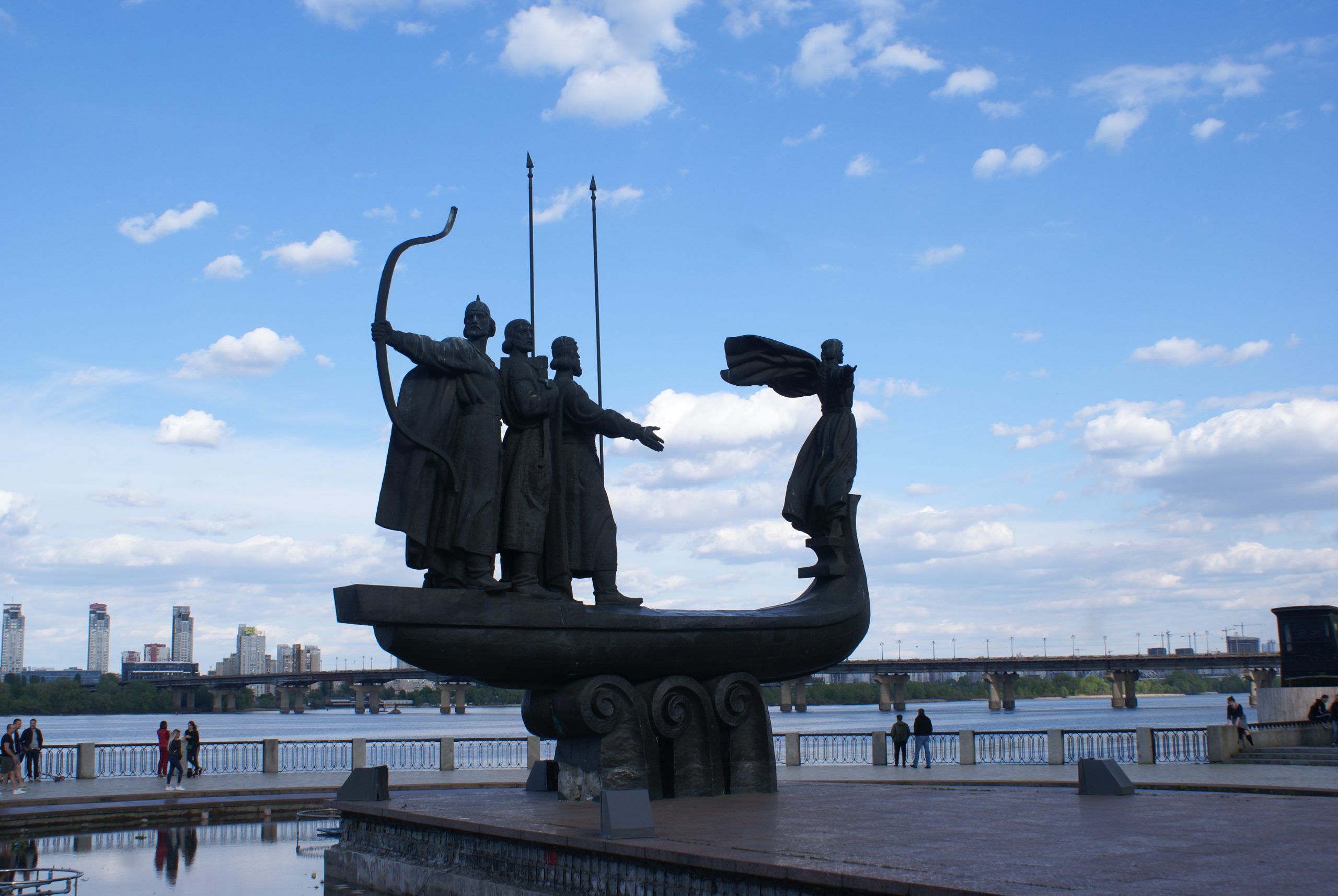A review of The Children of Ash and Elm: A New History of the Vikings by Neil Price has appeared in the “Socially Distant Summer Issue” of the London Review of Books, Vol. 42 No. 16, 13 August 2020. Price is an archaeologist and professor at the University of Uppsala and is also associated with this program. His previous book is The Viking Way: Magic and Mind in Late Iron Age Scandinavia.
The review is written by Tom Shippey and titled “Did they even hang bears?”, a reference to the ritual sacrifices at Uppsala which may have included larger animals than previously thought. Shippey recounts some of Price’s conclusions, such as the fact that 125 million silver dirhams are thought to have gone north from the Caliphate to Scandinavia in the 10th Century. Meanwhile, only seven million pennies did so from the Frankish Empire, which still amounted to around 14 percent of the Franks output. No one knows why so many of the coins were put into burial mounds but it can hardly have been an accident. Price suggests ritual as a possible explanation.
Even more interesting is the mystery of why the Viking Age started. Price points to a couple of factors, such as lack of central power following the collapse of the Roman Empire as well as the many volcanic eruptions of the 6th Century, which may have destroyed crops all over but hit the Nordic Countries with their limited agriculture particularly hard. More immediately, the feuds between the successors in the Frankish Empire in the 9th Century may have led to new opportunities to acquire loot.
Perhaps most interestingly, there may have been a considerable male surplus in Scandinavia in the period, as male children seem to have been better looked after and less likely to suffer from malnutrition. This may have led to raids to find funds to impress the girls back home or a chance to find and abduct entirely new girls.
Finally, Shippey finds many examples of the Vikings being alternately heroic and cruel in Price’s text, saying that the idea that they were simply one or the other belongs in the realm of comic books.
https://www.lrb.co.uk/the-paper/v42/n16/tom-shippey/did-they-even-hang-bears



